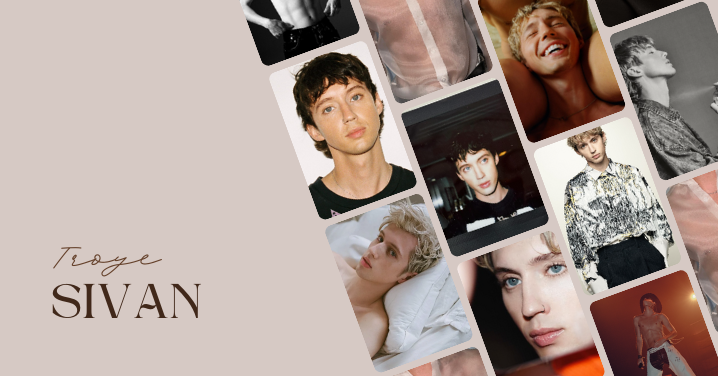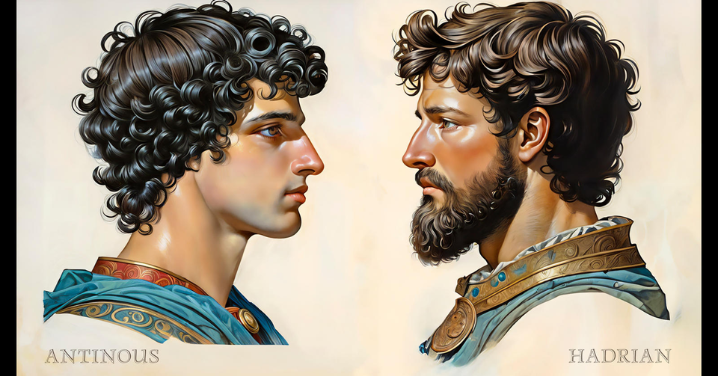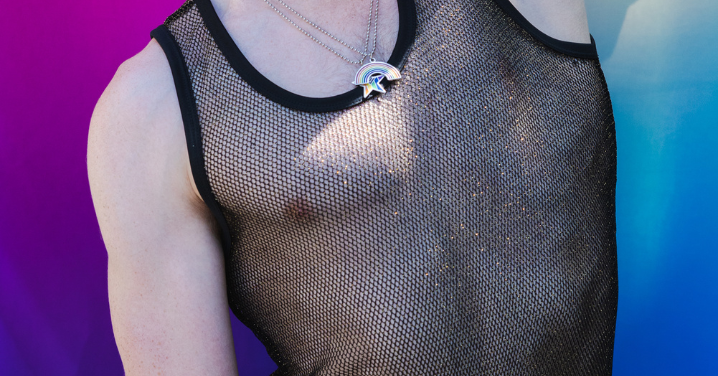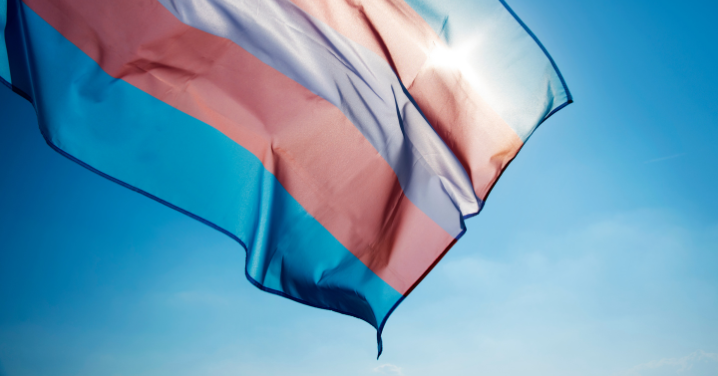
Representation matters. In a world where media shapes how we view ourselves and others, seeing someone who reflects your identity can be nothing short of transformative. For transgender individuals, representation in pop culture has been slow to emerge, but when it does, it carries an incredible power to inspire, educate, and challenge the status quo. Transgender heroes in film, television, and comics are helping to rewrite the narrative, breaking stereotypes and offering stories that resonate with real-life experiences.
One character who stands out is Nia Nal, better known as Dreamer from the Supergirl TV series. Dreamer, played by Nicole Maines (a transgender actress herself), made history as the first transgender superhero on television. What makes Dreamer so special isn’t just her powers or her fight for justice—it’s how her journey as a transgender woman is woven naturally into the story. She’s strong, empathetic, and complex, showcasing that transgender characters don’t have to be defined solely by their gender identity. Watching Dreamer soar through the skies, saving the world, is a visual reminder that being trans doesn’t limit you from achieving greatness. For many trans viewers, Dreamer isn’t just a superhero—she’s a role model, an icon of resilience and hope.
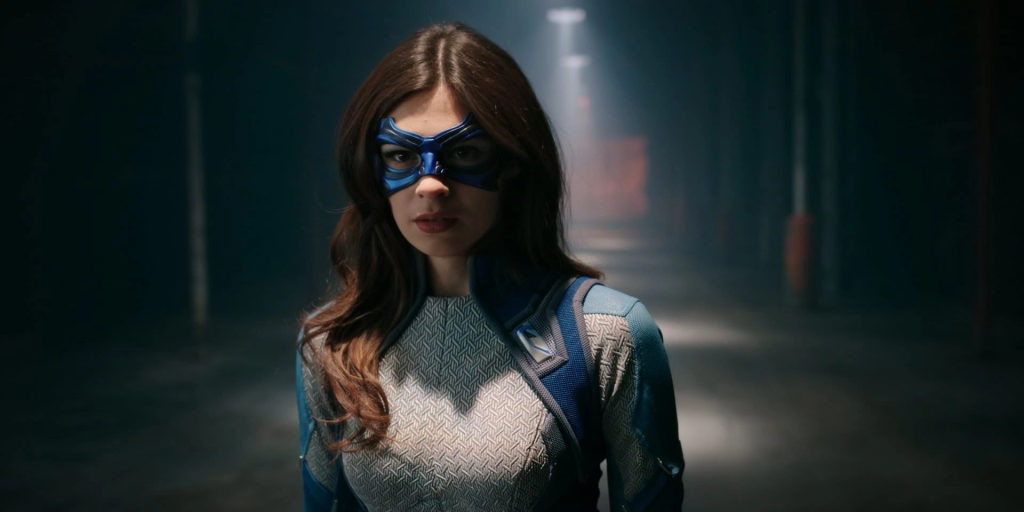
Another monumental figure is Yumeko in She-Ra and the Princesses of Power, a show celebrated for its LGBTQIA+ representation. While the series as a whole showcases a diverse array of characters, what stands out is how naturally transgender identities are included, treated with the same respect and significance as any other character. Pop culture has often portrayed transgender individuals through a lens of tragedy or confusion. But in She-Ra, they are simply themselves—magical, powerful, and full of heart.

Comics, too, have been making strides. One of the most groundbreaking transgender heroes is Alysia Yeoh, a supporting character in DC Comics’ Batgirl. Introduced as Barbara Gordon’s best friend and eventually coming out as transgender, Alysia was one of the first openly transgender characters in mainstream comics. What’s beautiful about Alysia’s story is that she’s given room to grow, to love, and to live her life beyond her identity. She’s not defined solely by being trans; she’s a fully rounded character with her own ambitions, struggles, and dreams. That’s the kind of storytelling we need more of—where trans characters are given the space to exist as people, not just as plot devices.
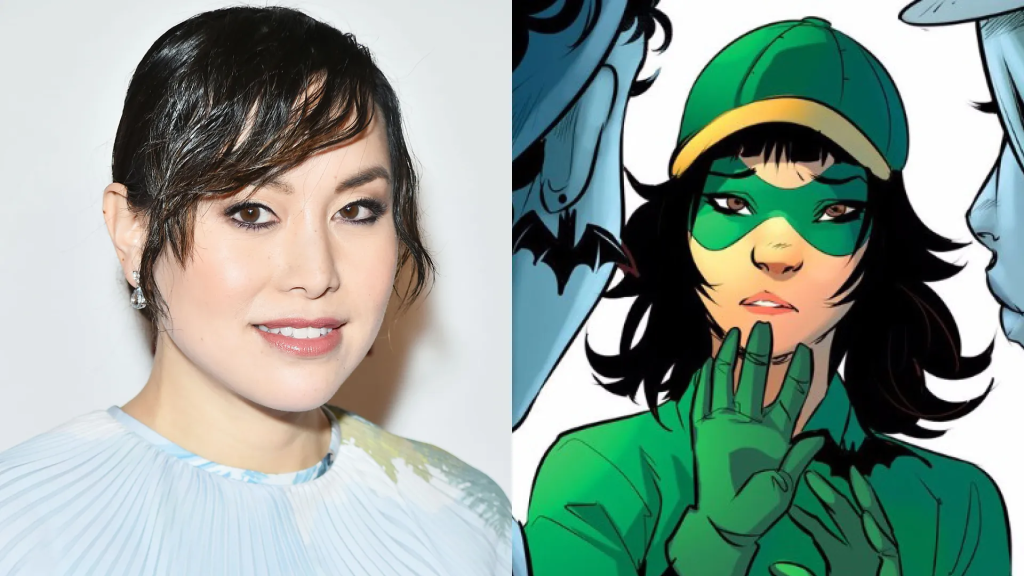
But representation goes beyond just showing a character on screen or on the page. It’s about the stories they tell, the lives they live, and how they’re portrayed. In many ways, seeing a trans hero can shift societal perceptions because it offers a new kind of visibility—one that’s empowering, not pitying. When you see a character like Dreamer or Alysia Yeoh saving the day, you start to realise that transgender individuals are not defined by their struggles. They, too, can be heroes.
There’s also Vic, from The OA, played by Ian Alexander, who is both trans and non-binary in real life. Vic’s character is a testament to the fact that transgender and non-binary people can be woven into the tapestry of a show’s storyline without making their identity the focal point. Instead, Vic’s heroism shines in moments of bravery, loyalty, and love. It’s characters like these that offer a sense of normalcy to trans viewers, showing that they, too, can be part of the larger narrative without their gender identity being the sole focus.
Beyond the characters, it’s worth noting the importance of having transgender actors playing transgender roles. This authenticity adds layers of meaning to the performance, bringing a depth that comes from personal experience. Nicole Maines, Ian Alexander, and many others are not just playing characters—they are living examples of what representation can achieve. Seeing someone who shares your experiences on screen can be life-changing, and it can spark conversations in households and communities that may never have thought about trans issues before.
The impact of these characters is clear. For many transgender individuals, seeing themselves reflected in pop culture offers validation, something that might have been missing from their lives for a long time. It tells them they’re not alone, that their stories matter, and that they can be the heroes of their own narratives. It also challenges audiences who might be unfamiliar with trans issues, providing a glimpse into lives they might not have understood before.
But it’s not just about the individuals. The presence of transgender heroes helps to reshape broader societal perceptions. When trans characters are portrayed as strong, complex, and heroic, it chips away at the harmful stereotypes that have long plagued trans representation. For years, trans people were often depicted as villains, as objects of ridicule, or as tragic figures. But now, we’re seeing a shift. Transgender characters are taking up space as fully developed people, whose gender identity is just one facet of their lives.
There’s still a long way to go, of course. The representation of transgender individuals in pop culture is still far from where it should be. Many stories remain untold, and many voices remain unheard. But with each new character, each new story, the world gets a little more inclusive, a little more understanding. Representation is not just about ticking a box; it’s about showing the full spectrum of human experience. Transgender heroes are here, and they’re changing the game for good.
The beauty of this movement is that it’s not just about creating content for a transgender audience. It’s about showing everyone—regardless of gender identity—that we all have the capacity for heroism. Transgender people, like anyone else, have stories worth telling. And when we see them reflected in our media, it shifts the way we think, the way we understand, and ultimately, the way we treat one another.
In celebrating these transgender heroes, we’re doing more than just applauding good storytelling. We’re acknowledging the real-world impact that representation can have. We’re recognising the power of media to shape hearts and minds, to create a more inclusive and accepting world, one story at a time. So here’s to Nia Nal, Alysia Yeoh, Vic, and all the other transgender heroes in pop culture—may their stories continue to inspire and change lives.

